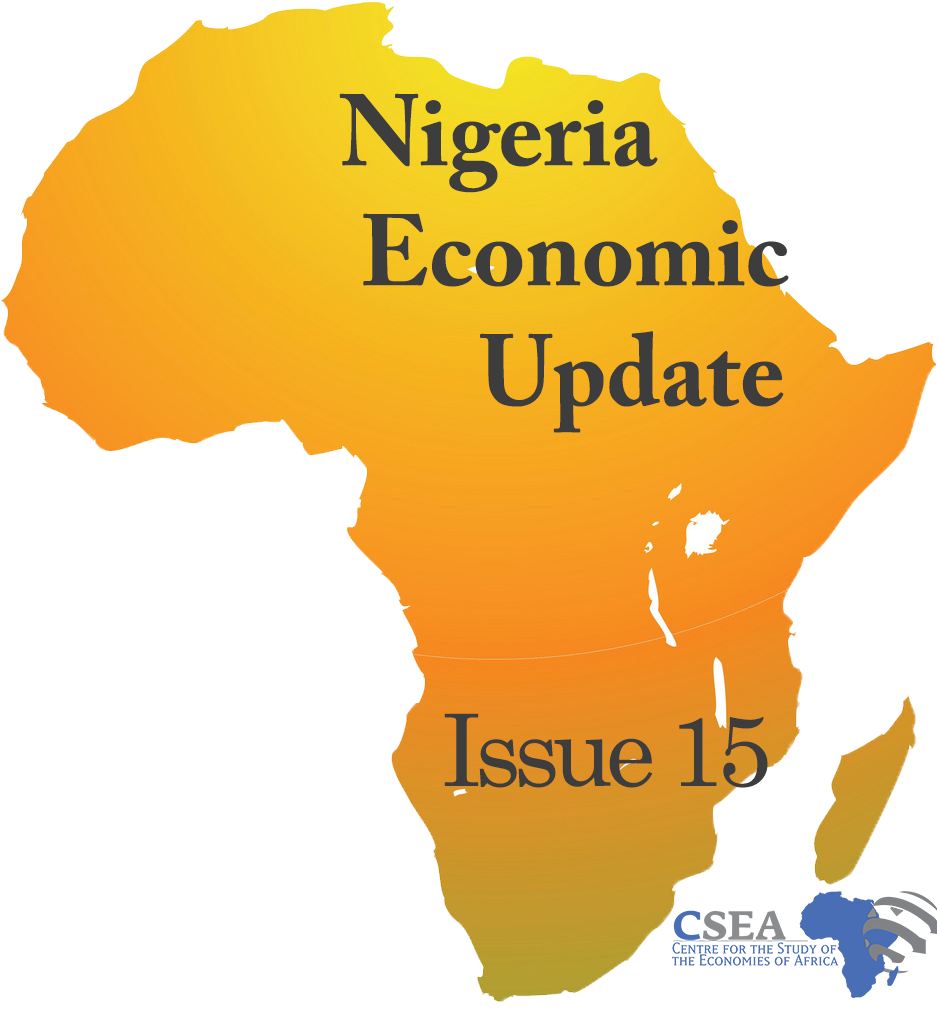Nigeria became the largest remittance-recipient country in sub-Saharan Africa and the sixth largest among low-middle income countries in 2018. The country’s official remittances amounted to $24.3billion in 2018,1 a 10.5% increase from the 2017 remittances received and accounts for 6.1% of GDP. Along with the strong economic conditions in high-income countries, the year-on-year acceleration in remittance flows is not unconnected to a slight declining trend that has been observed in remittance costs since the beginning of 2018.2 Although currently at an average of 9%, these remittance costs remain above the global average of 7% and far from the SDG target of 3%. Given the relatively strong economic and employment situation in high-income countries, and the growth in emigration in Nigeria, we expect that remittance flows to Nigeria will continue to rise. Addressing the regulatory barriers to entry in order to allow for more money transfer operators, particularly digital operators will drive the cost of remittance down and increase inflows. For instance, the N2 billion capital threshold mandated by CBN for domestic companies (compared with the N50 million for foreign companies) could be reviewed to allow companies lacking the financial clout to meet up.
Macroeconomic Report & Economic Updates

May 8, 2019
Nigeria Economic Update (Issue 15)
Nigeria became the largest remittance-recipient country in sub-Saharan Africa and the sixth largest among low-middle income countries in 2018. The country’s official remittances amounted to $24.3billion in 2018,1 a 10.5% increase from the 2017 remittances received and accounts for 6.1% of GDP. Along with the strong economic conditions in high-income countries, the year-on-year acceleration in […]
Read →
Related
Nigeria Economic Update (Issue 21)
Nigerias domestic crude production increased significantly in April 2017. OPECs Month-on-Month data shows a 22.6 percent increase to 1.5 million barrels per day constituting the biggest increase among oil producing group. Crude production increased at the backdrop of completion of scheduled maintenance/repairs at the Bonga oil field, implying resumption of crude production by an additional 225,000 barrels. Remarkably, Nigeria is progressively moving towards meeting daily output benchmark/target (2.2 million barrels per day). Given recent boost in domestic crude oil production, considerable effort should be made to improve the countrys refining capacity in order to reduce fuel importation and conserve foreign exchange.
Analysis Of Bilateral Trade In UEMOA The Implications Of Trade Effects
The paper examines the
implications of trade effects in bilateral trade drawing evidence from West
African Monetary and Economic Union (UEMOA). It also discusses the importance
of political stability to trade in ECOWAS countries.
